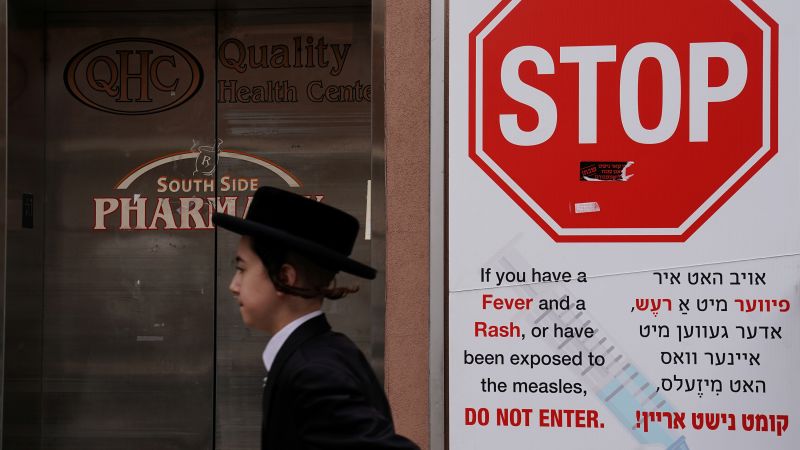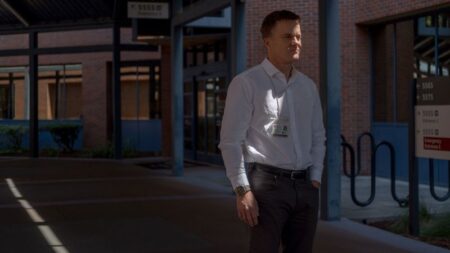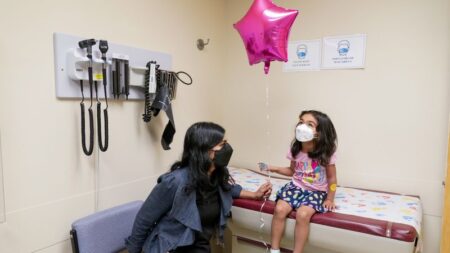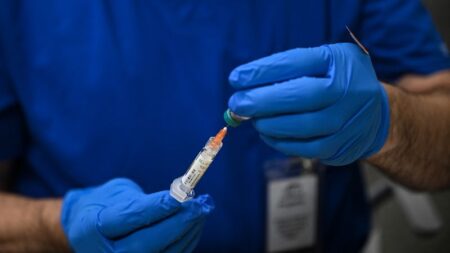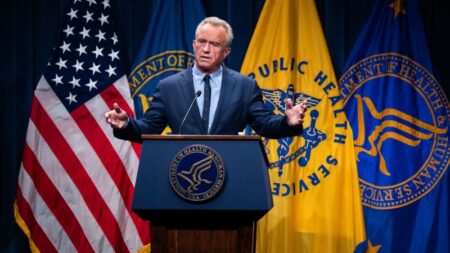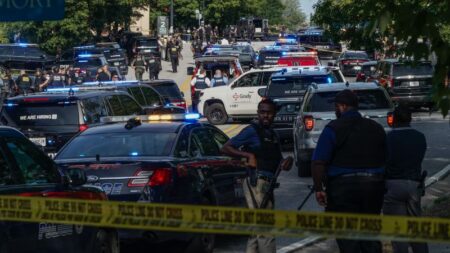In 2019, the United States witnessed an alarming resurgence of measles cases, primarily concentrated in two communities of New York: Brooklyn and Rockland County. Once considered eliminated in 2000, the country faced a substantial threat that year, underscoring the significance of vaccination efforts. The outbreak had significant implications for public health, inspired ongoing responses that have become relevant again as measles outbreaks emerge in West Texas and New Mexico. These renewed outbreaks have prompted the activation of testing sites and vaccination clinics, with the Centers for Disease Control and Prevention intervening to aid local health responses, amid predictions of prolonged transmission of the virus.
Reflecting on the earlier outbreak in New York, public health experts emphasized the effectiveness of a tailored, all-inclusive response. The 2018-2019 measles incidents were especially prevalent in Orthodox Jewish neighborhoods that had been vulnerable to pervasive anti-vaccine misinformation. Vital to the success of the response was the establishment of trust within these communities, enabling effective vaccination campaigns to take place. Dr. Neil Vora, who played a crucial role during this outbreak, highlighted that vaccination stands as the most effective preventive measure against the severe complications associated with measles.
Immunization through the measles vaccine operates at a high level of efficacy, with two doses providing a 97% chance of preventing disease. Recognizing measles’ highly contagious nature, public health authorities advocate for a 95% vaccination threshold within communities to preempt outbreaks. During the New York outbreak, substantial vaccine promotion led to unprecedented numbers of vaccinations; approximately 200,000 doses were administered in New York City and an additional 30,000 in Rockland County. Remarkably, vaccination rates among young children saw significant improvement, rising from below 80% to approximately 91%.
Despite these successes, the response encountered formidable resistance, as noted by Dr. Oxiris Barbot, then the city’s health commissioner. Overcoming the entrenched misinformation regarding vaccines posed a significant challenge, requiring a significant community effort to foster acceptance of vaccination. Barbot emphasized that the role of trusted community figures was instrumental in addressing these issues, stressing the need for leaders who could advocate for vaccination convincingly. Alongside community trust-building, New York’s robust vaccine registry enabled targeted public health interventions by identifying those most at risk.
However, experts caution that many jurisdictions nationwide may not possess the same resources as New York City, heightening their vulnerability during outbreaks. The response in New York demanded individualized strategies, including door-to-door outreach to address vaccine hesitancy through personal conversations. In some instances, health workers went to homes discreetly to avoid drawing public attention, reflecting the need for sensitivity in dealing with diverse cultural norms.
The rapid administration of the measles vaccine proved effective, showing its potential to build immunity significantly in a short time. A retrospective study estimated that vaccination efforts during the New York outbreak prevented an outbreak tenfold larger than what was reported. Nevertheless, increased susceptibility and transmission dynamics complicated the situation. Instances of “measles parties,” where parents intentionally exposed children to the virus to build immunity, accelerated the spread of the disease, highlighting the necessity for widespread vaccination and vigilance.
Children, particularly infants who cannot be vaccinated until they reach one year old, were especially vulnerable. Initial vaccination efforts mitigated susceptibility, but in the following months, close interactions among children contributed to the proliferation of new cases. Public health experts note that transmission rates are influenced not only by vaccination but also by community dynamics and social interactions.
Strategic vaccination campaigns coincided with designated periods such as school enrollment and mandated vaccinations for school attendance in certain ZIP codes. This systematic approach required a comprehensive response effort, aligning resources similar to what was needed during the Covid-19 crisis. By April 2019, state emergency declarations were implemented in both New York City and Rockland County, which facilitated resource allocation and ongoing support to combat the outbreak.
Emergency declarations complemented existing grassroots efforts to dispel misinformation regarding vaccination. Building relationships between public health officials and influential community leaders proved fundamental in altering public perceptions and improving vaccination rates. Dr. Blima Marcus, a practitioner within the Orthodox Jewish community, effectively utilized her healthcare and cultural expertise to engage with others, creating informative materials to address vaccine concerns.
She advocated for a community-driven approach to actively engage individuals with empathy, challenging negative narratives about vaccines and addressing misinformation directly. The localized efforts aimed to mobilize community support amid entrenched skepticism and diminished reliance on conventional information channels.
As the dust settled post-outbreak, New York recorded 312 confirmed measles cases in Rockland County and 649 in New York City, without any reported fatalities. Comparably, current outbreaks in Texas and New Mexico are concentrated among a Mennonite community, echoing the vulnerabilities observed previously, suggesting that tailored, culturally sensitive strategies remain paramount in combating vaccine hesitancy and ensuring community health.






